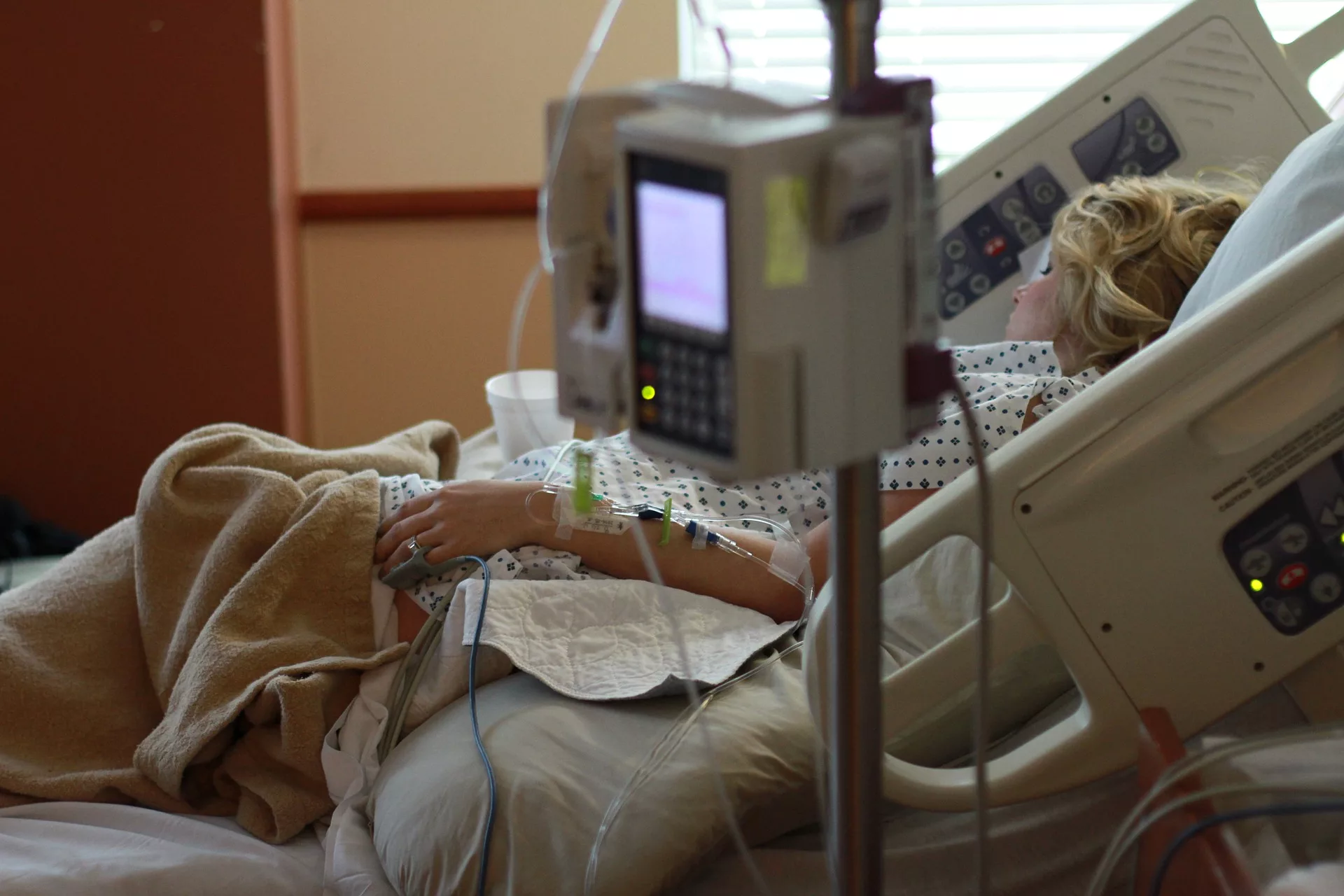UC Davis Health Establishes Gun Violence Prevention Training Program for Health Professionals

Researchers at the University of California, Davis will develop the nation’s first program to train healthcare professionals to help their patients reduce firearm-related injury and death.
Assembly Bill 521, signed by Governor Gavin Newsom on Oct. 11, designates the University of California Firearm Violence Research Center to expand its research and give healthcare professionals the clinical tools they need to assess patients for risk, provide counseling and intervene when necessary. The bill was authored by Assemblymember Marc Berman (D-Palo Alto, and the Budget Act of 2019 includes $3.85 million for the training.
“This program will be the only one of its kind in the country,” said Garen Wintemute, an emergency physician and director of the UC Center and VPRP. “California health professionals are committed to making firearm violence prevention part of their practices, and we are very excited by the opportunity to equip them with the knowledge and skills they need.”
Amy Barnhorst, a UC Davis psychiatrist, will direct the training. She is vice chair for community mental health and an associate professor in the Department of Psychiatry and Behavioral Sciences.
“Medical and mental health providers are uniquely positioned to respond to and prevent firearm-related harm,” Barnhorst said. “Many have asked for more information on when and how to discuss firearms with patients and what to do when patients have access to guns and are at high risk for harming themselves or others.”
AB 521 supports training for a wide range of California providers, including practicing physicians, mental healthcare professionals, physician assistants, nurse practitioners, nurses, health professions students and other specialists.
The center will guide providers in working with at-risk patients, from offering safer storage practices to initiating gun violence restraining orders as well as interventions for individuals with mental health issues. It also will continue to conduct research to further identify specific gaps in knowledge and structural barriers that prevent counseling and other interventions that can reduce the threat of gun violence.
Looking for a reprint of this article?
From high-res PDFs to custom plaques, order your copy today!






